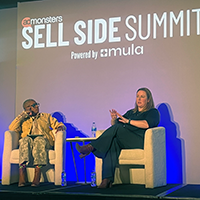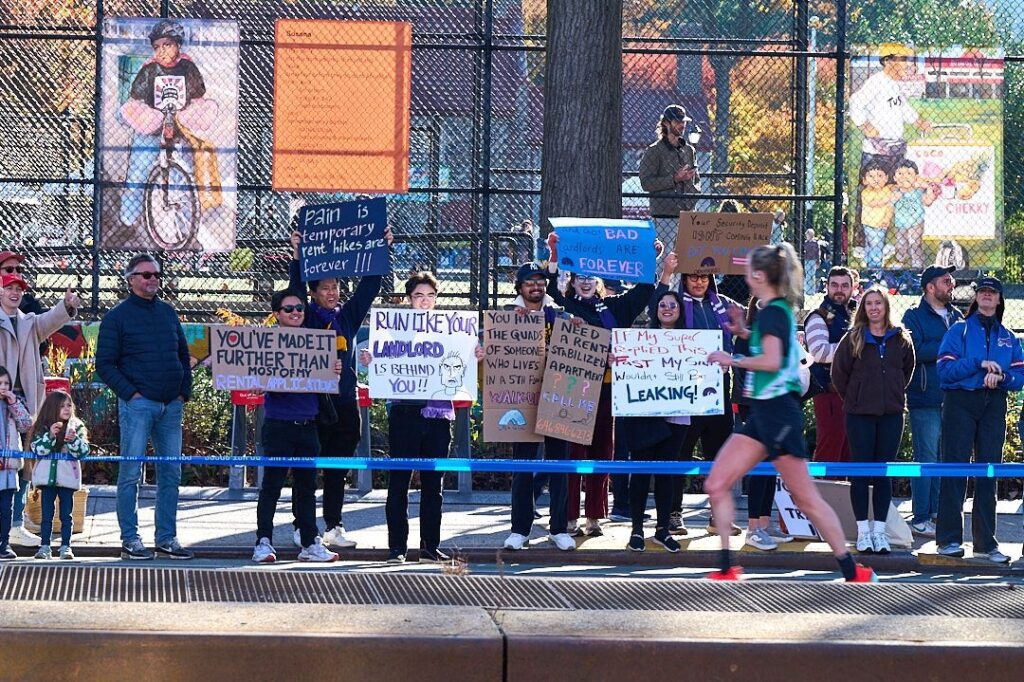Nestlé has major digital marketing ambitions underway on a global scale to test and develop the most innovative ways to reach and connect with consumers. It is creating, testing and rolling out successful, unique digital campaigns and continues to reshape and upend standards in its internal landscape to maximize the mobilization of those ambitions.
“We are focusing most of our attention on the issues of organization, culture and leadership because at the end of the day that’s want counts in mobilizing our digital ambitions,” Pete Blackshaw, Nestlé’s global head of digital and social media said today at ad:tech New York.
Nestlé sells 1.2 billion products a day across the globe with a growing percentage having some kind of digital linkage such as QR codes that takes the consumer to the supply-chain history, product details or other information behind the product. It has vastly ramped up content marketing, for example, on any given day it produces 1,500 pieces of original content on Facebook alone—not counting responses or comments. It has 180+ million Facebook fans growing at a rate of 5% to 7% every month. The challenge Blackshaw said, is how to operationally manage that massive amount of consumer interactions.
“You can’t just throw the word engagement out like peanuts at a ballpark,” he said. “We have to be consistent with a local/global tone of voice using speed, agility and small-screen simplicity.”
Blackshaw said he is inspired by the consumer voice and that there is a clear connection between the way consumers talk and business practices. And, he learned that if you make feedback easy for consumers, you’ll get a positive response.
He outlined four core strategies the company has in play to achieve its digital ambitions:
1. Embrace the fundamentals and ask how digital can make those fundamentals better to generate more excitement and to get the proper investment like creating online communities tied to a brand or a well-executed service app on mobile. The team follows three pillars: listening, engaging, inspiring and transforming.
“What we did helped advance and sustain efforts,” he said. “The flame can go out fast.”
2. Media productivity Nestlé is learning how to maximize conversion off of touch points. A key is finding ways to leverage various platforms to create different types of advertising.
“We believe the sweet spot is maximizing earned media off of paid,” he said. “Earn more pay less.”
 He cited the example of the latest version of the Android operating system being named after a favorite Nestlé candy, Android Kit Kat, the first co-branded operating system. It launched with a flurry of coordinated global social marketing and advertising, including the chance to win a Nexus 7 or Google Play credit that was advertised on packages of Kit Kats.
He cited the example of the latest version of the Android operating system being named after a favorite Nestlé candy, Android Kit Kat, the first co-branded operating system. It launched with a flurry of coordinated global social marketing and advertising, including the chance to win a Nexus 7 or Google Play credit that was advertised on packages of Kit Kats.
“We got 1.3 billion Twitter impressions in every possible market and more than 2 million views in 72 hours. It was our most successful digital campaign” Blackshaw said. “Web traffic grew by 80,000%. No money exchanged hands, which underscores the power of owned media and the use of assets to build brand.”
He shared other examples of brands that found a synchronized dance between paid, owned and earned media like the Perrier Secret Space online  game/interactive file/branded entertainment and the breast cancer Tweeting bra as part of a campaign sponsored by Nestlé Fitness supporting breast cancer awareness. Every time the bra is unclasped it sends a tweet via the Twitter account @tweetingbra powered by a low-energy Bluetooth unit sewn into the straps. The tweet reminds women to check their breasts.
game/interactive file/branded entertainment and the breast cancer Tweeting bra as part of a campaign sponsored by Nestlé Fitness supporting breast cancer awareness. Every time the bra is unclasped it sends a tweet via the Twitter account @tweetingbra powered by a low-energy Bluetooth unit sewn into the straps. The tweet reminds women to check their breasts.
“It’s a different way of thinking about leveraging technology,” he said.
For another brand, Tombstone Pizza, 31 6-second films were produced and run each day in October on Facebook for its 486,000 fans as a way to test the waters on short-term video content.
“The early returns were very encouraging,” he said.
3. External focus and innovation Blackshaw said that when trying to figure out digital innovation, model companies tend to go for large proven players to help, but cautioned companies not “to miss gems on the long tail.” Internally, 22 months ago, Nestlé created the Digital Acceleration Team (DAT) to clamp down on digital innovation during a work-a-thon that brings together the “best and brightest” at its global headquarters for eight-month power stints that include working on Google Plus projects, mobile solutions useful for emerging markets and tapping the visual power of ROI in a multi-media lab—which is providing a huge opportunity to bring data to a new level. The team also takes on “speed projects” to fast-track answers to dozens of questions like, ‘what do healthy snacks mean to mom?” The DAT model has proven its worth and is being scaled across the globe with launches in India, China, and Italy with plans for 12 other locations.
“Never underestimate the power of internal viral effect. Great ideas move fast if you’re demonstrating the value,” Blackshaw said.
4. Rapid scaling of knowledge across the company Nestlé has turned a lot of its attention to finding ways to encourage and spread virally digital communication among employees across the globe. Employees are asked to blog and are scored on likes, viral share and post clicks. There is an internal version of YouTube and Facebook (similar to Chatter) with employee-generated content.
“This has helped us create a digital Darwinism within our company, who get’s it who doesn’t,” Blackshaw said. “We are in a very aggressive process of turning over rocks and trying to get it right. And I’m very pleased with the progress we have made so far.”



